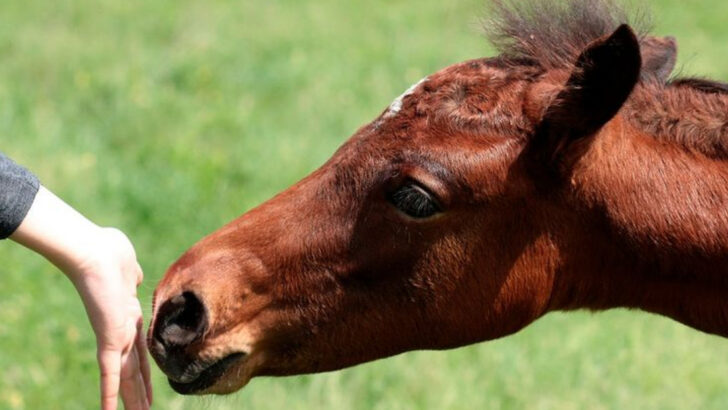Your horse is talking—are you listening?
Those soulful eyes and graceful movements aren’t just for show.
Every flick of the ear, every stomp, every swish of the tail carries a message.
They’re sending you secret signals, and trust me, it’s way more interesting than any text you’ve ever received.
Some say horses are mysterious—true—but they’re also brutally honest.
They’ll tell you if they trust you, if they’re annoyed, or if they’re ready to break into a full gallop of joy.
Crack their code, and you’ll unlock a bond that’s deeper than the wildest ride.
Get ready to decode 15 horse body language signs that reveal exactly what your majestic friend really thinks about you.
Spoiler: it’s not all neighs and rainbows.
Ears Forward
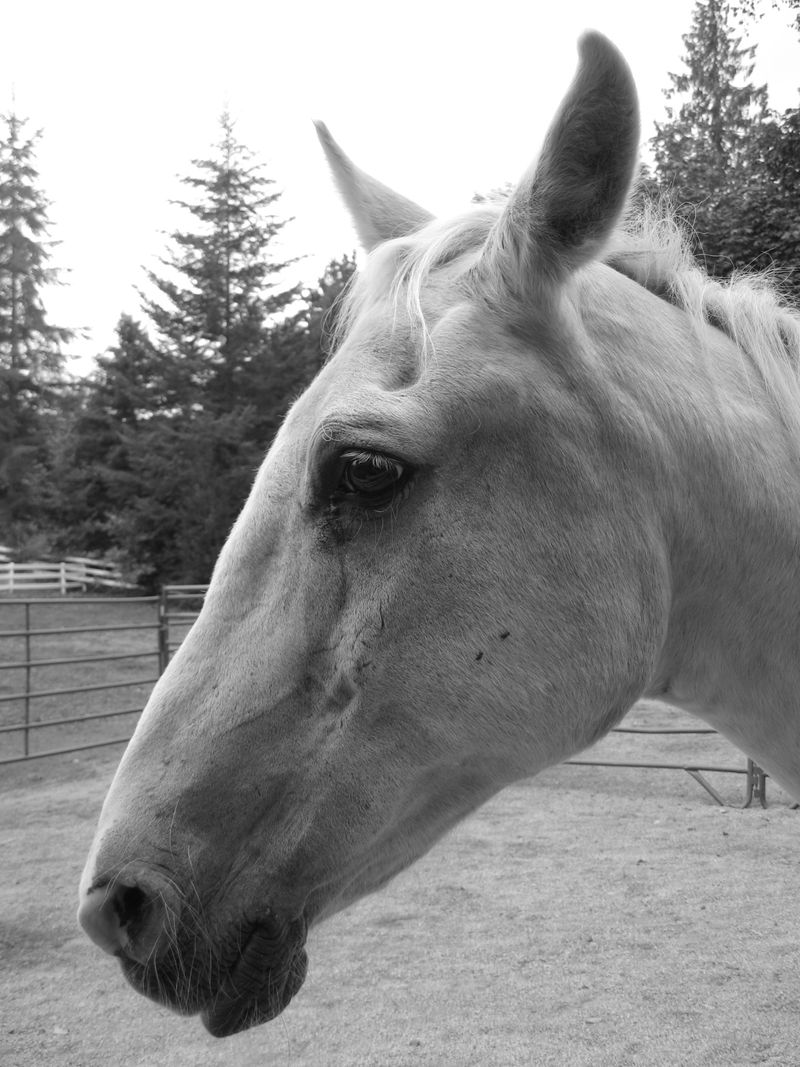
When a horse’s ears are pricked forward, it’s a sign of attentiveness and curiosity. This position often indicates that the horse is focused on something in front of it, possibly an approaching person or an unfamiliar object. Such a stance can reveal excitement or interest in the surroundings, suggesting the horse is open to interaction.
An alert horse with pricked ears is generally in a positive and receptive mood, ready to engage. Observing this posture can help determine the horse’s willingness to connect and explore its environment.
Ears Pinned Back

When a horse pins its ears back flat against its head, it often signifies irritation or aggression. This body language is a clear warning that the horse feels threatened or annoyed, possibly by another horse, a person, or a situation.
In social settings, this gesture can mean the horse is establishing its dominance or setting boundaries. Recognizing this sign helps in avoiding potential conflicts or misunderstandings with the horse.
Soft Eyes
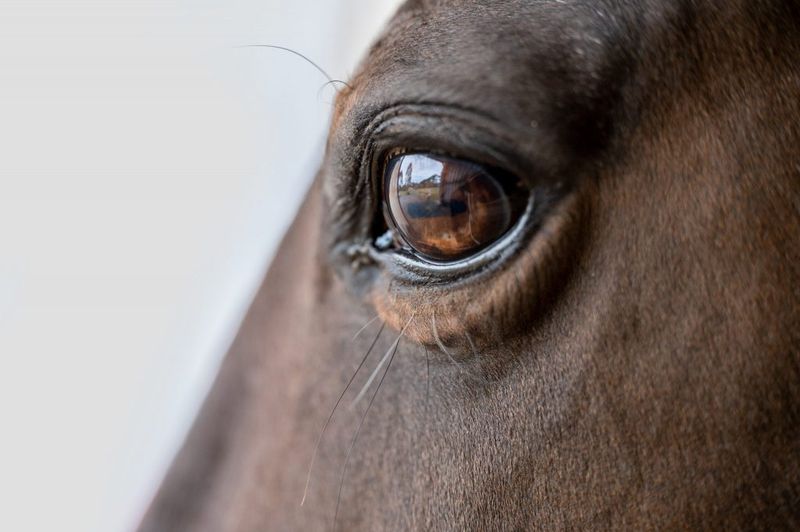
Soft eyes in a horse typically indicate a calm and content state. This expression shows trust and comfort with the surroundings or the person nearby. A horse with soft eyes is likely feeling safe and satisfied, which is a positive sign for handlers and riders.
This gentle gaze can tell you about the horse’s inner peace and acceptance of its environment. Observing this can enhance the bond between human and horse, creating a harmonious interaction.
Hard Eyes
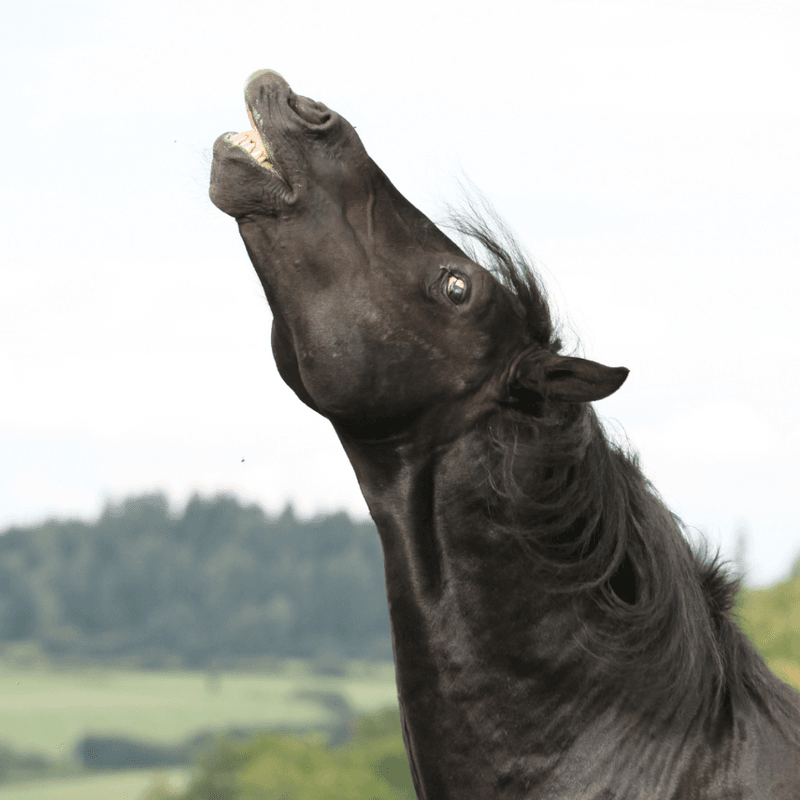
A horse with hard eyes often looks tense or stressed. This expression can reflect discomfort or suspicion, possibly due to a new environment or a recent unsettling event. Hard eyes are a sign that the horse is on alert, potentially cautious about its surroundings.
Noticing this change in expression is important for addressing any underlying issues or adjusting the environment to make the horse feel more secure. Understanding these cues fosters better communication and care.
Nostrils Flared
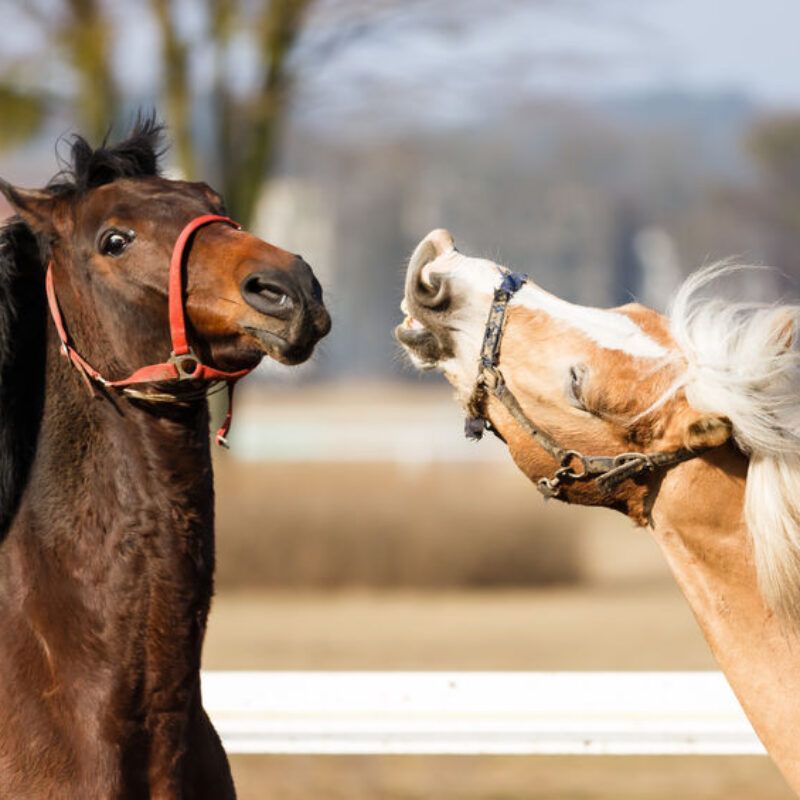
Flared nostrils in a horse can indicate heightened emotions, such as excitement, curiosity, or fear. This body language often corresponds with rapid breathing, reflecting the horse’s current emotional state.
Whether exploring a new scent or responding to a loud noise, flared nostrils reveal the horse’s heightened awareness and reaction to stimuli. Recognizing this sign helps in assessing the horse’s comfort level and emotional needs.
Tense Lips
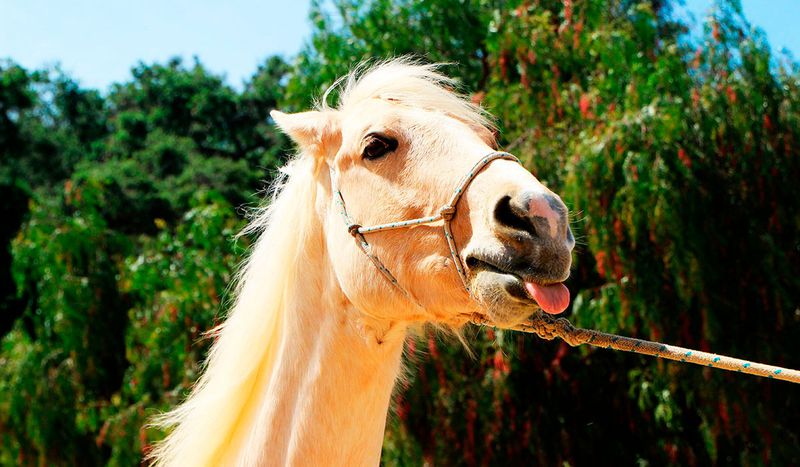
Tense lips in a horse often suggest unease or discomfort. This expression can be seen when the horse is experiencing stress or feeling defensive. Often coupled with other body language signs like a stiff posture, tense lips are an indicator of the horse’s internal tension.
Recognizing this subtle cue can prompt handlers to investigate potential sources of stress and address them, fostering a more trusting relationship with the horse.
Relaxed Lips
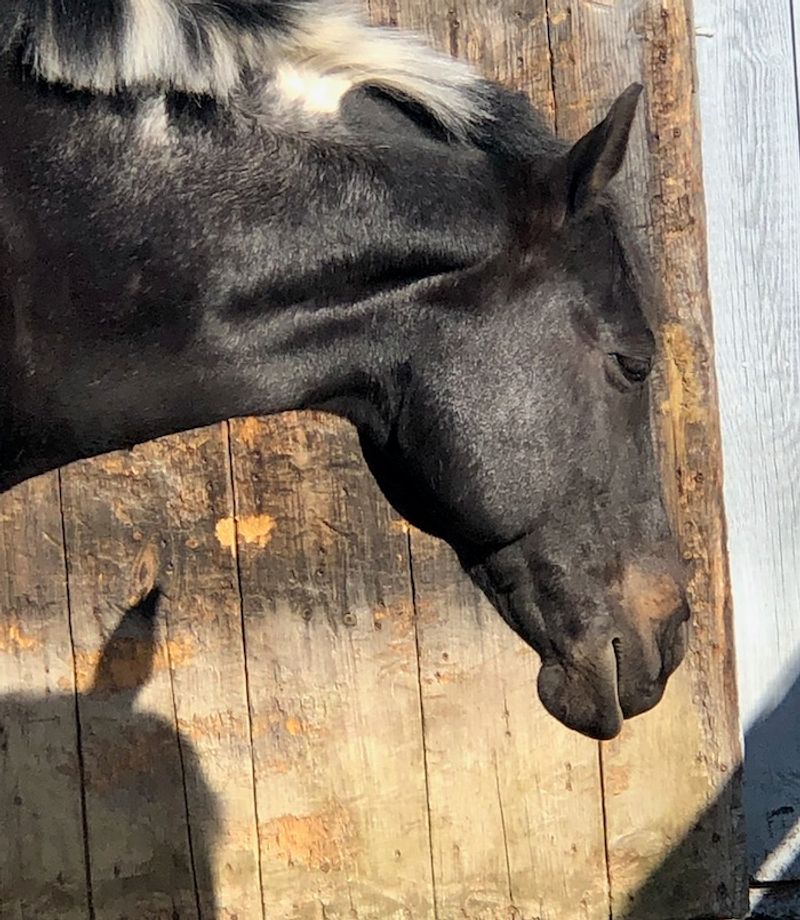
When a horse’s lips appear relaxed and loose, it signifies a state of tranquility and contentment. This body language shows that the horse feels at ease and comfortable in its environment. A horse with relaxed lips is typically in a positive mood, enjoying its surroundings.
This relaxed state can enhance human-horse interactions, indicating that the horse is open to gentle communication and bonding. Observers can feel confident in approaching or working with the horse.
High Head Carriage
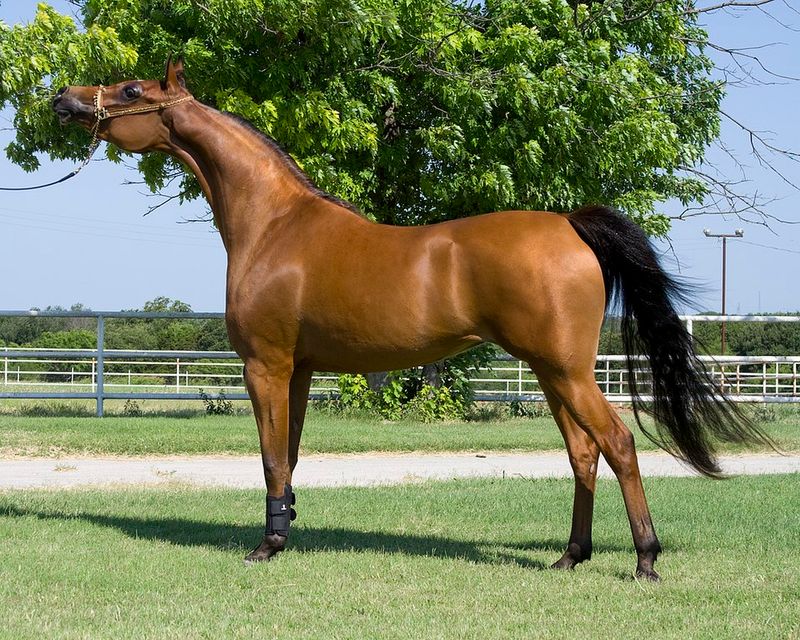
A horse holding its head high often indicates alertness and vigilance. This posture suggests that the horse is attentive to its environment, possibly observing something of interest or concern. A high head carriage can also reflect confidence or dominance in a social setting.
Understanding this sign can aid in interpreting the horse’s level of engagement and its readiness to interact. It can also indicate the horse’s hierarchical standing in a group.
Lowered Head

A lowered head in a horse usually denotes relaxation and submission. This posture is often seen when the horse is calm, resting, or grazing peacefully. A lowered head can also indicate trust and acceptance, especially in the presence of humans.
This sign of tranquility is a positive indicator of the horse’s comfort and security in its surroundings. It suggests a willingness to connect and a lowered guard, enhancing the opportunity for bonding.
Tail Held High

A tail held high is a vibrant sign of excitement, energy, and joy in a horse. This expression is commonly seen when the horse is in motion, feeling spirited and lively. It can also reflect high spirits during play or social interaction.
Recognizing this jubilant body language can indicate the horse’s enthusiastic mood, suggesting a playful or adventurous spirit. This energy can create dynamic interactions and a shared sense of exuberance.
Tail Clamped Down
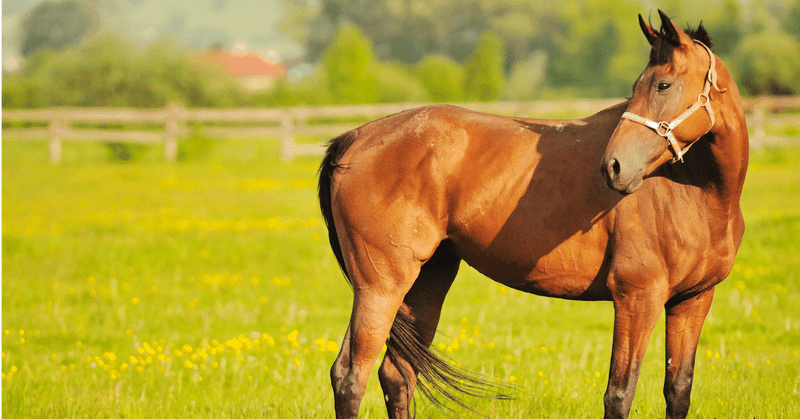
When a horse clamps its tail down tightly, it often indicates fear or anxiety. This posture suggests that the horse is feeling insecure or threatened by its environment or situation. A clamped tail is a clear sign that the horse requires reassurance and a calming presence.
Observing this body language can help handlers to understand the horse’s emotional state and provide comfort, improving the horse’s sense of safety and trust.
Pawing Ground
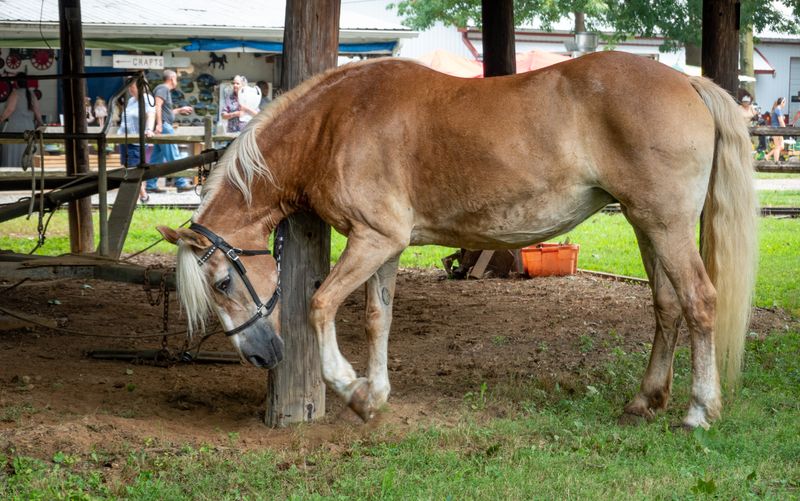
Pawing the ground is a behavior that can indicate frustration, impatience, or curiosity in a horse. This action can be observed when a horse is waiting for food, attention, or exploring something new.
Understanding this gesture helps in evaluating the horse’s needs and desires, offering opportunities to address any underlying issues or engage positively with the horse.
Licking and Chewing
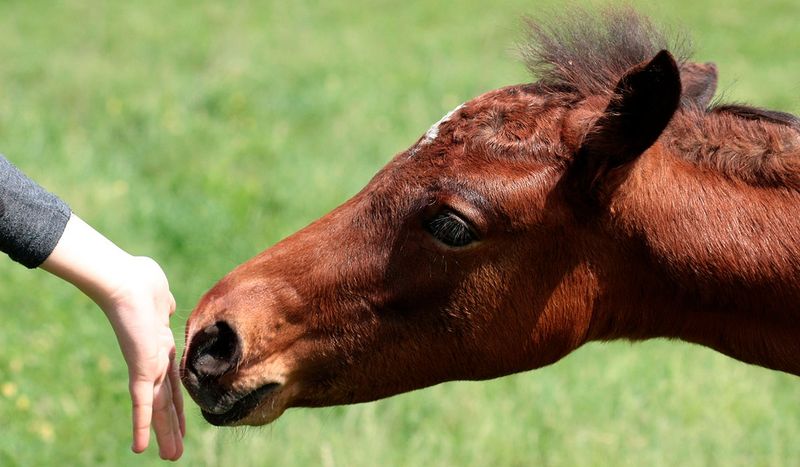
Licking and chewing is a sign of processing and acceptance in a horse. This behavior often follows a moment of stress or learning, indicating that the horse is absorbing information and calming down.
Such body language reflects a thoughtful and adaptive mind, showing that the horse is coming to terms with a new situation or command. It is a positive sign of mental engagement and acceptance.
Kicking Out

Kicking out is a clear sign of irritation or defense in a horse. This action is often a response to an annoying situation or another horse getting too close. It serves as a warning or a means to assert space and boundaries.
Recognizing this behavior is essential for safety and understanding the horse’s social dynamics, preventing potential conflicts and ensuring respectful interaction.
Relaxed Ears

Relaxed ears in a horse indicate that the animal is calm and comfortable. This posture signifies a state of ease and contentment, showing that the horse feels safe in its surroundings.
Such body language suggests that the horse is approachable, open to interaction, and not experiencing stress or tension. Recognizing this sign promotes positive engagement and enhances the overall relationship with the horse.

